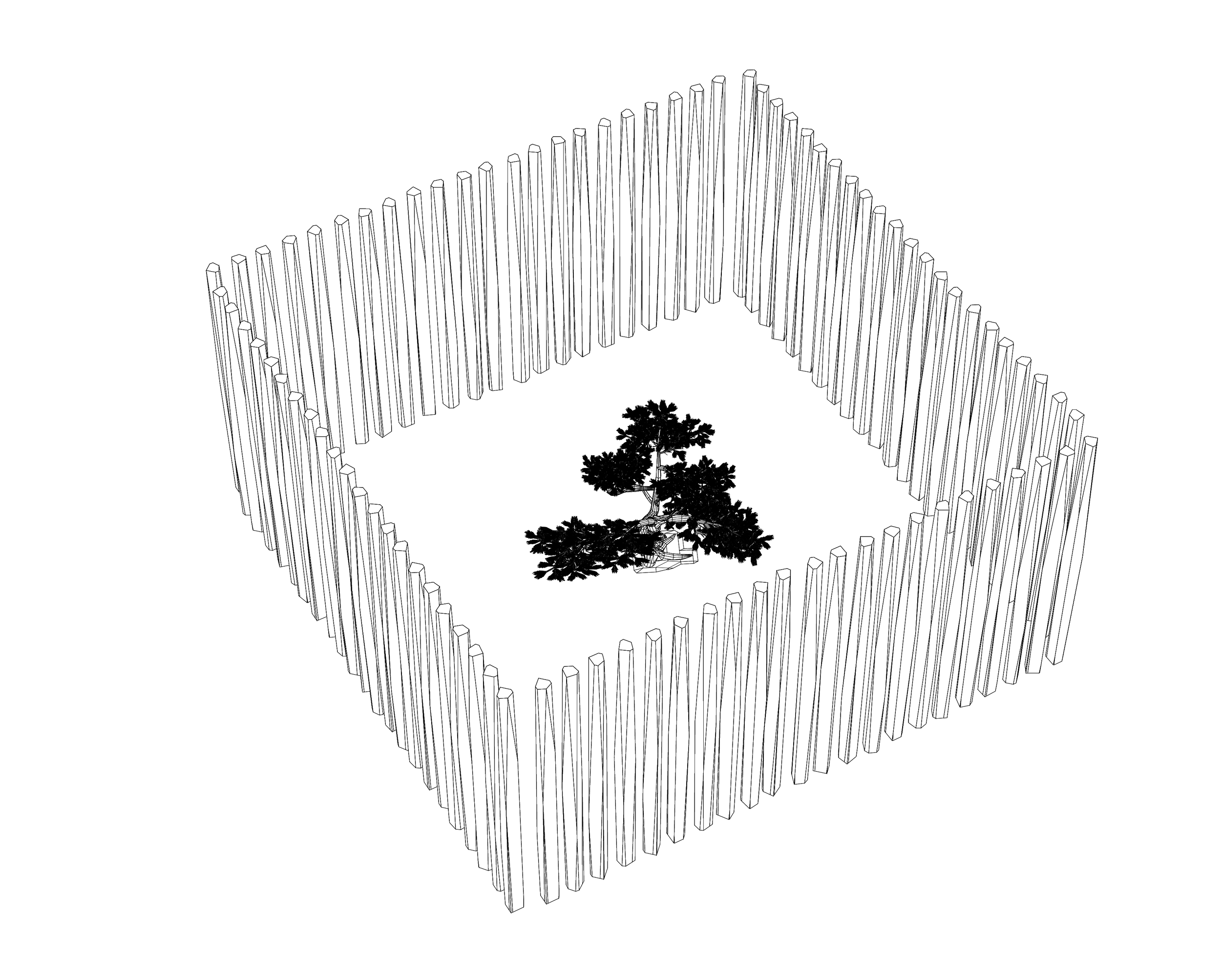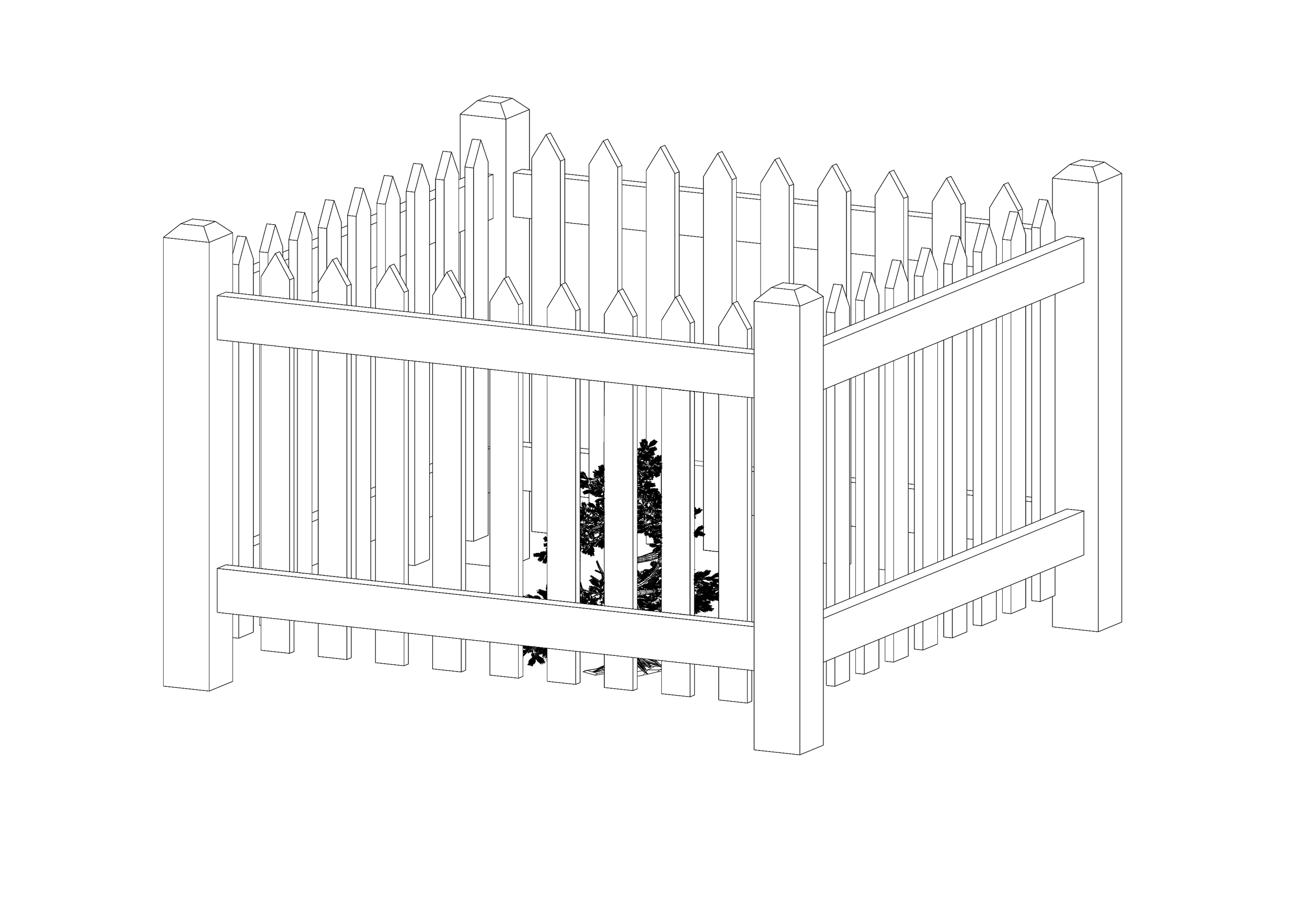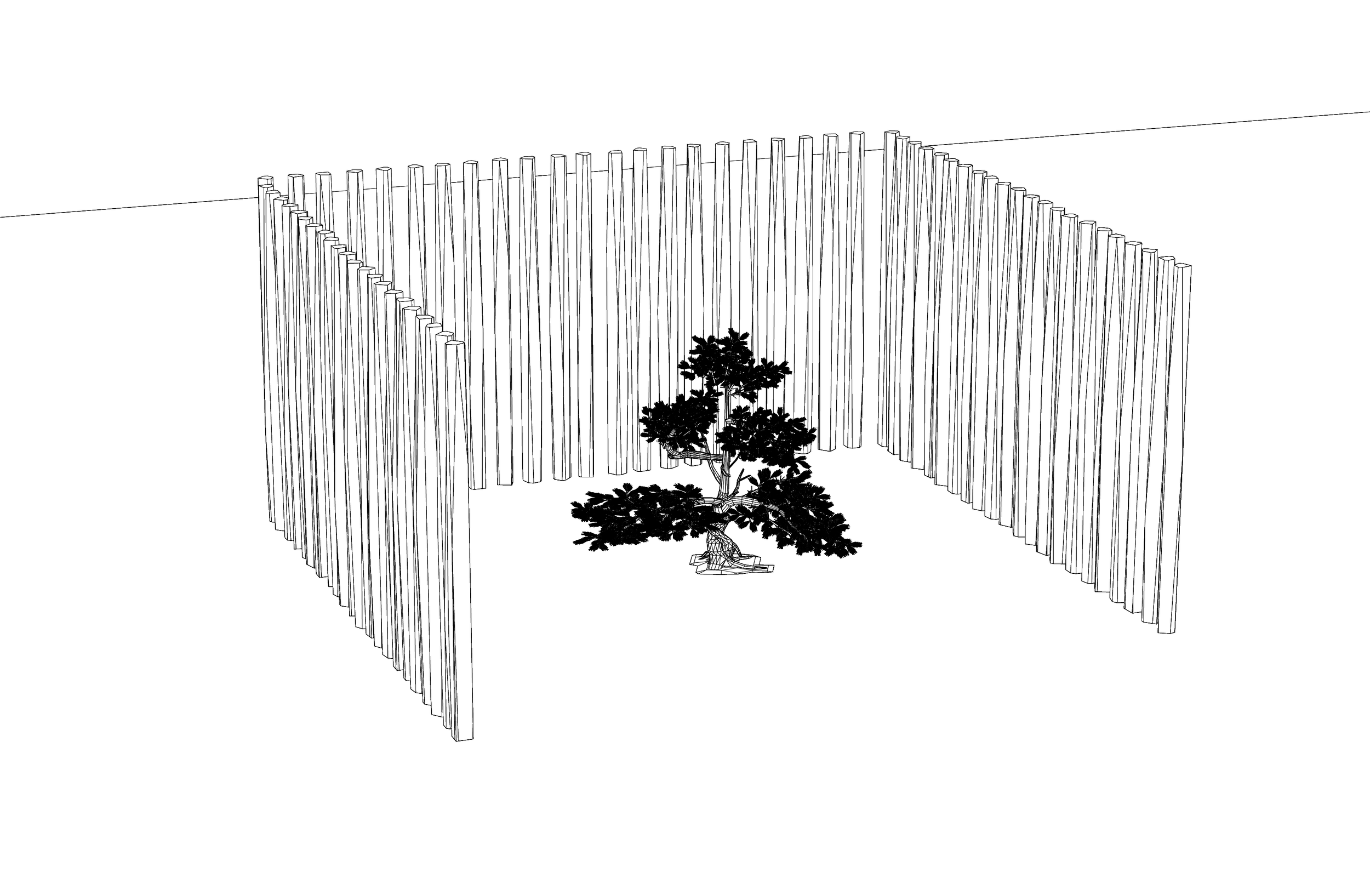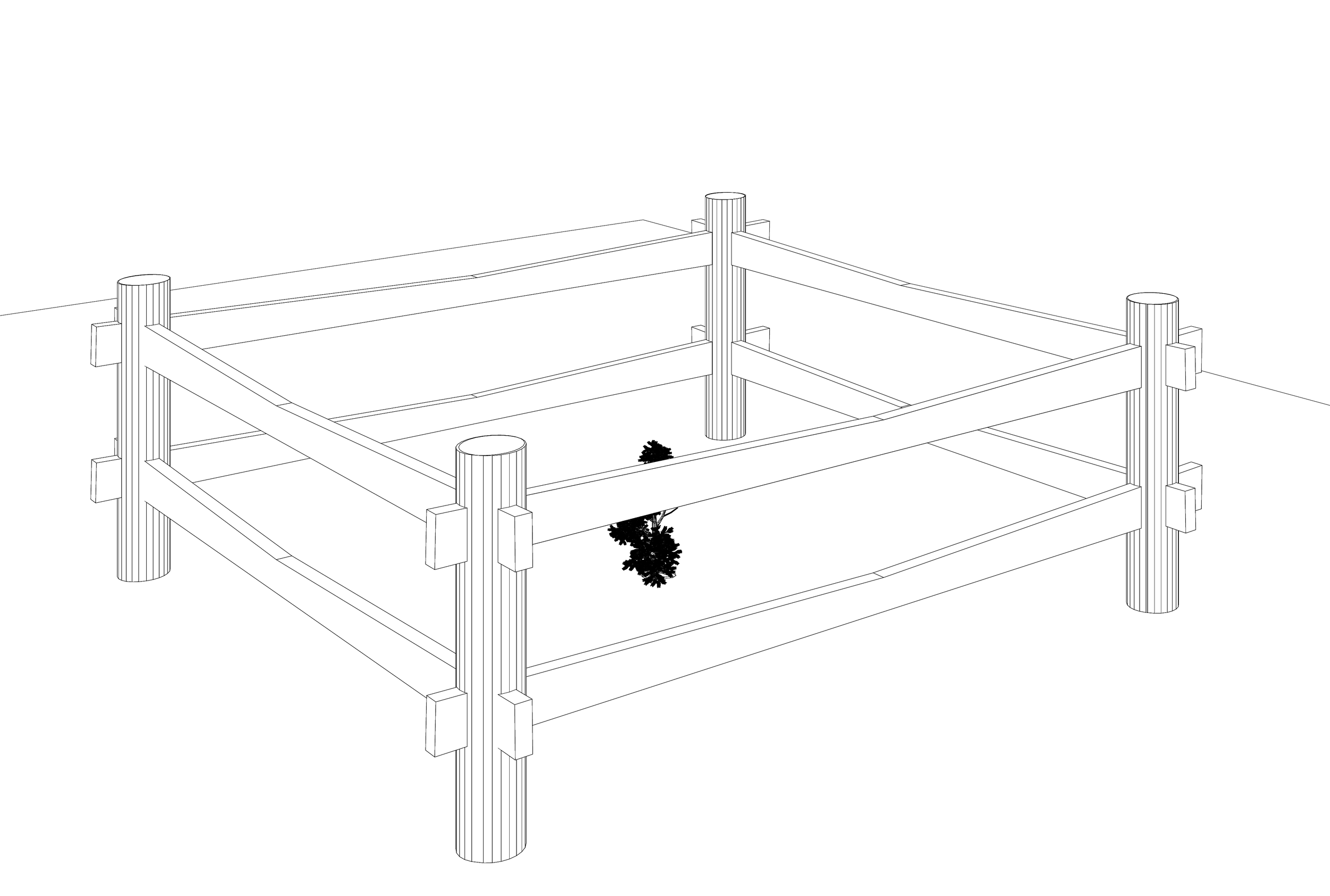BonsaiLib
Various Artists want to release a bonsai tree in the middle of the forest, a tree that has been cultivated for decades, release it into the wild.
The art of bonsai goes back centuries and is a deeply symbolic, sacred practice with its integral elements of simplicity, harmony and balance also reflected in many aspects of Japanese culture, and their way of life.
The art of bonsai, which has been in culture for 2,000 years, was inspired by the Chinese art of Penjing, which was brought to Japan from China, and then shaped and influenced by minimalist Buddhist culture.
Every artistic element, down to the smallest detail, is deliberately orchestrated, and combined to create a story and lend to the aesthetics, deeper meanings, and symbolism within each tree. Each individual bonsai is created with the aim of arousing emotion in the viewer.
So, what does a bonsai tree symbolise? It is generally assumed that bonsai trees bring happiness and harmony, but we could also see the bonsai as the ultimate symbol for how we perceive and treat nature. Since mankind invented agriculture 10,000 years ago, resulting in the domestication of plants and animals, we see nature as an environment that can and must be tamed.
This view ultimately resulted in an enormous loss of diversity.
The liberation of a single bonsai reverses the cultivation/taming of the beast. Thousands of years of injustice to non-human life seem to reach a turning point, artistically at least.
But ironically, the tree must be protected by a fence against both man and his own nature in order to survive its liberation. This act of liberation should raise existential questions in the viewer, but unfortunately they are not easy to answer. It is perhaps too late for that.



